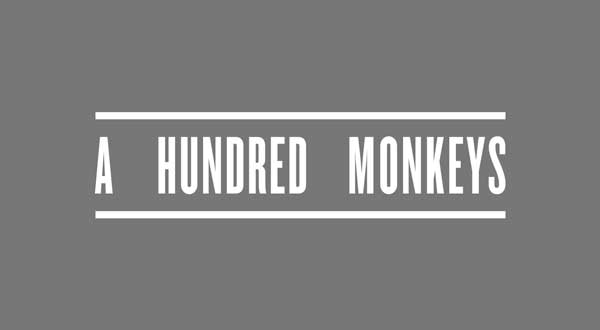Crashing the World’s Biggest Wine and Cheese Party
by Jeffery Racheff
Cheese-makers, prepare to curd your enthusiasm.
The European Union is cracking down on producers who name their products after places of geographical significance — Camembert, Champagne, etcetera, in an effort to pasteurize fakers and keep the famous brands solely within the continent. Basically, if your Burgundy isn’t flying a French flag, the EU is about to be all up in your face.
Part of a larger anti-counterfeiting trade agreement that seeks to halt online piracy and illegal file-sharing, the move would prevent the use of “Geographic Indicators” (GIs) in names of products that don’t actually come from the area in question. Vine-growers in Australia, for example, would no longer be allowed to call their sparkling wines champagne.
Practiced palettes the world over agree: the EU is getting very protective of its names. And rightly so. Regions throughout Europe lend their names to an endless variety of meats, drinks and cheeses, many of which are known almost solely because of their birth in a particular valley or village. The idea behind the naming restrictions, says the EU, is to prevent confusion about where your Sherry and Port wine actually come from. This insures you’re getting the real deal, not some foreign impostor.
The problem is that not many people (other than the producers of course) really care anymore where their gourmet food comes from. Now that people have realized good cows and grapes can emerge from outside of a few hundred square miles kilometers in France, Europe no longer has the market on fancy delicacies cornered.
But does a food’s origin (and therefore its name) define its taste? Sometimes. Obviously certain climates and soils are needed to produce certain wines but that’s for individual taste buds to decide, not the EU. The more important question perhaps is the inverse: Does its taste define its name? Creamy, spreadable and smoky? That’s Brie. Bubbly, dry and gives you a three-week hangover? That’s Champagne — regardless of whether it was fermented in France, Australia or some basement in Sacramento.
Besides, what are producers supposed to call their product when it looks and tastes exactly like cheddar, but was Krafted outside of the English village it gets its name from? Names like Port and Cheddar have become generic in that they give a rough outline of what to expect, but they no longer designate where the stuff actually comes from.
European producers should be proud that their product comes from the original birthplace, and they should tout this. I’d be more inclined to try Parmesan from Parma than Parmesan from Albuquerque. But when it comes down to it, it’s purely a quality issue — your best tasting Chianti against mine. And considering that foreign challengers obviously have the EU scared, this appears to be one bottle the Euros are trying to keep the cork on.
